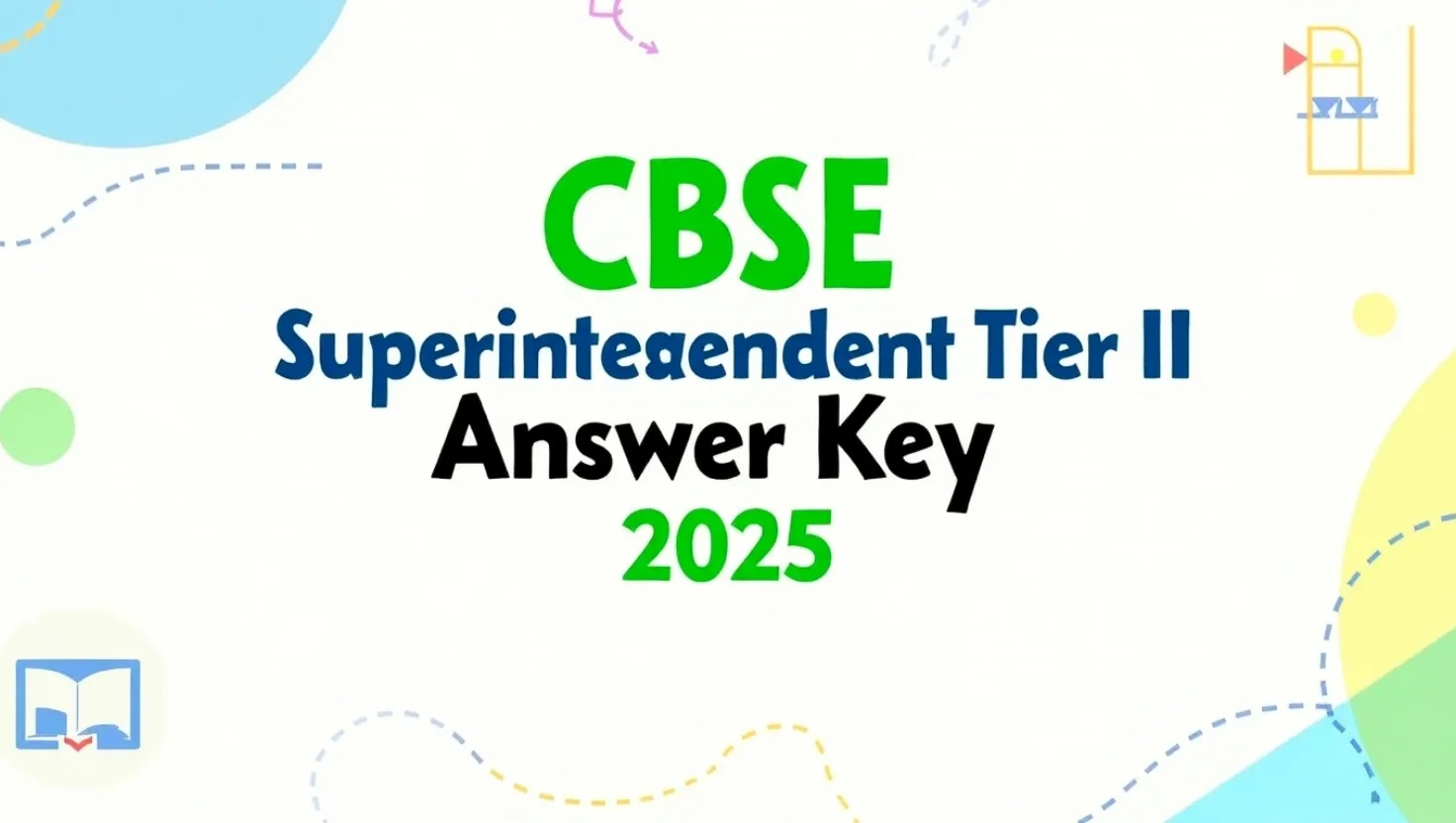The IAS Preliminary Examination conducted by UPSC in 2021 had two papers – General Studies Paper I and CSAT Paper II. CSAT, short for Civil Services Aptitude Test, is also known as General Studies Paper II and is qualifying in nature. The CSAT Paper II 2021 PDF includes 80 questions covering comprehension, logical reasoning, analytical ability and basic numeracy. Despite being a qualifying paper, many aspirants found the 2021 paper unexpectedly tricky and lengthy, making it one of the more challenging years.
I am writing this article because year after year, candidates get caught off guard by CSAT. Many put all their effort into GS Paper I and neglect CSAT assuming that basic preparation is enough to qualify. But with increasing complexity in recent years, especially in comprehension and reasoning, even engineering graduates have found this paper tough. The 2021 paper is a good example of how UPSC is testing not just aptitude, but also time management. Sharing the CSAT 2021 paper helps aspirants assess the level of difficulty and fine-tune their preparation for upcoming attempts. It’s always better to learn from the past and plan smarter for the future.
What is CSAT in IAS Prelims?
The Civil Services Aptitude Test, or CSAT, is General Studies Paper II in the UPSC Preliminary Exam. Unlike Paper I, it’s qualifying in nature. You need to score at least 33% (i.e., 66 marks out of 200) to qualify. However, failing to do so means disqualification from the mains, no matter how well you perform in Paper I.
CSAT Paper II Key Highlights:
- Total Questions: 80
- Marks: 200
- Duration: 2 hours
- Negative Marking: ⅓ of the marks for each wrong answer
- Qualifying Marks: 66
Download IAS CSAT Paper 2 2021 PDF
You can download the official CSAT 2021 question paper and answer key from:
- UPSC official website – upsc.gov.in
- Coaching platforms like Vision IAS, ForumIAS, and InsightsIAS
- Civil services preparation blogs that offer direct PDF links and answer keys
N.B: If you want to download the PDF for free without any search, CLICK KERE.
Subject-Wise Analysis of CSAT 2021
Here’s a rough breakup of the types of questions asked in CSAT 2021:
1. Reading Comprehension
- About 26–28 questions
- Passages were long and wordy
- Questions were inference-based and tested critical thinking more than facts
- Required fast reading and high accuracy
2. Logical Reasoning and Analytical Ability
- Blood relation problems
- Statement and conclusion
- Seating arrangement and puzzles
- Syllogism and assumption questions
- Some questions were time-consuming and required multi-step logic
3. Basic Numeracy and Maths
- Profit and loss, percentages, averages
- Time and work, time-speed-distance
- Ratio and proportion
- DI (Data Interpretation) based on bar graphs and tables
- Many questions were tricky and involved lengthy calculations
Why Was CSAT 2021 Considered Difficult?
Several aspirants, especially those from non-science backgrounds, found the 2021 paper tough. The reasoning questions were not direct and required careful analysis. Reading comprehension sections were lengthy and filled with abstract language. The maths section was not advanced, but the wording made it harder than it looked. The paper tested not just aptitude, but also stamina and presence of mind under pressure.
How to Use the 2021 Paper for Preparation
- Attempt the paper in 2 hours in a test-like setting
- Don’t look at the answer key until you finish
- Check which sections took the most time
- Identify weak areas – reading speed, logical reasoning or numeracy
- Revise and reattempt after a few days to track improvement
Final Thoughts
The CSAT Paper II of 2021 is a strong reminder that this paper cannot be taken lightly. Even if it’s qualifying, failing it will stop you from moving to the Mains stage. Treat CSAT like any other paper—give it regular practice and work on your weaknesses. Use the 2021 paper to understand the trend and plan your preparation accordingly. Practise at least 2–3 full-length CSAT papers before the prelims so that you’re not caught off guard like many were in 2021.



















